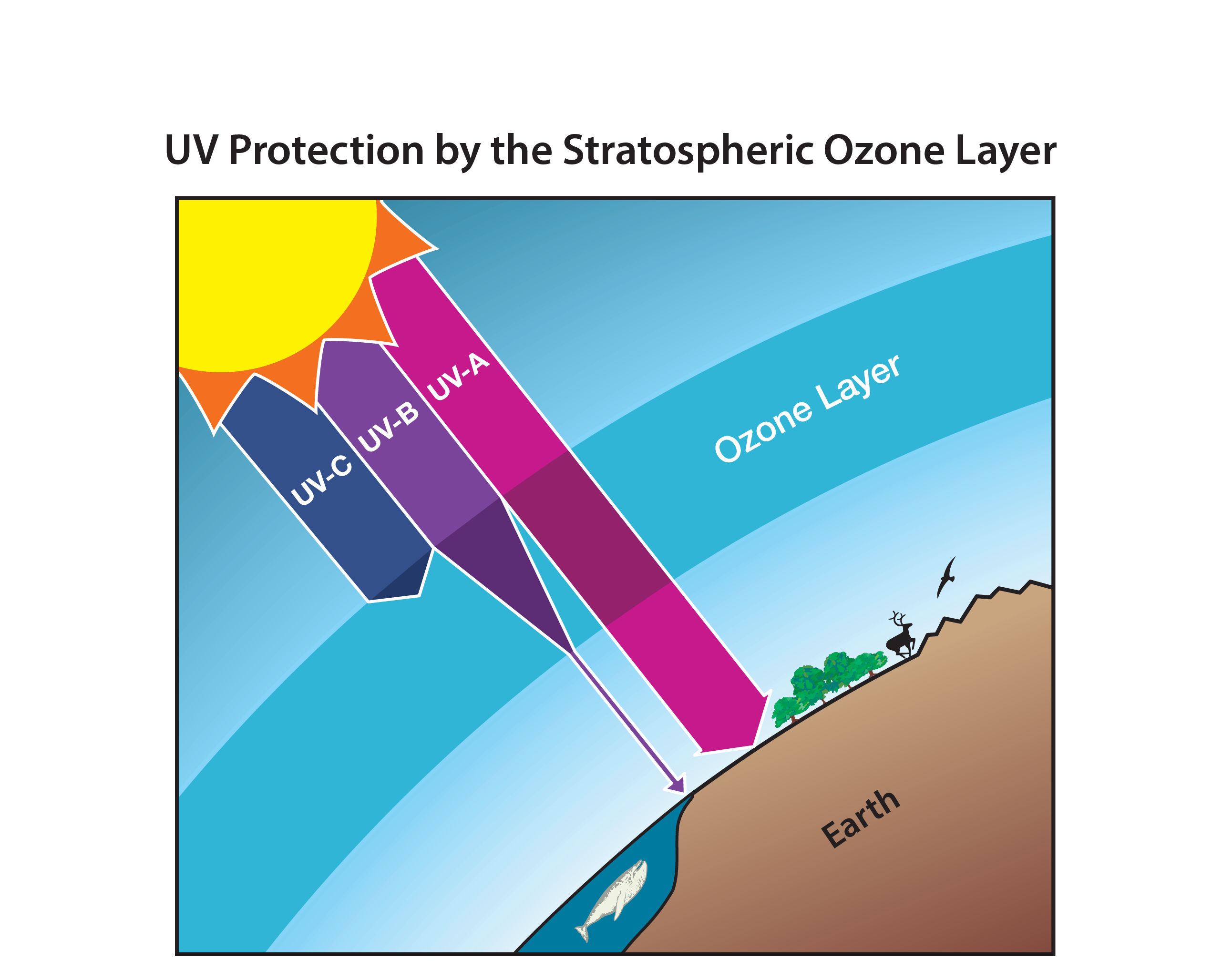Fixing The Ozone Layer And Reducing Climate Change Presentation
| Introduction | ||
|---|---|---|
| The ozone layer is a protective shield of gas in the Earth's stratosphere that filters out harmful ultraviolet (UV) radiation from the sun. Climate change refers to long-term shifts in weather patterns and temperatures, primarily caused by human activities such as burning fossil fuels and deforestation. Fixing the ozone layer and reducing climate change are crucial for the welfare of our planet and future generations. | ||
| 1 | ||
| Importance of the Ozone Layer | ||
|---|---|---|
| The ozone layer protects life on Earth by absorbing most of the sun's harmful UV radiation. Without the ozone layer, increased UV radiation would lead to higher rates of skin cancer, cataracts, and weakened immune systems in humans and animals. It is essential to fix the ozone layer to maintain the delicate balance of ecosystems and protect biodiversity. | ||
| 2 | ||
| Causes of Ozone Depletion | ||
|---|---|---|
| Chlorofluorocarbons (CFCs) are the main culprits in ozone depletion. They were once widely used in aerosol propellants, refrigerants, and foam-blowing agents. Other ozone-depleting substances include halons, carbon tetrachloride, and methyl chloroform, which were used in fire extinguishers and industrial processes. Human activities have significantly contributed to the release of these substances into the atmosphere, leading to ozone depletion. | ||
| 3 | ||
| Montreal Protocol | ||
|---|---|---|
| The Montreal Protocol, signed in 1987, is an international agreement aimed at phasing out the production and consumption of ozone-depleting substances. Through the Montreal Protocol, countries committed to reducing the production and use of CFCs, halons, and other ozone-depleting substances. The protocol has been successful, as evidenced by the gradual recovery of the ozone layer since the late 1990s. | ||
| 4 | ||
| Effects of Climate Change | ||
|---|---|---|
| Climate change leads to rising global temperatures, causing melting ice caps, rising sea levels, and increased frequency and intensity of extreme weather events. It poses a threat to food security, water resources, and public health, exacerbating existing social and economic inequalities. To mitigate the impacts of climate change, it is crucial to reduce greenhouse gas emissions and transition to sustainable and renewable energy sources. | ||
| 5 | ||
| Greenhouse Gas Emissions | ||
|---|---|---|
| The burning of fossil fuels, such as coal, oil, and natural gas, is the primary source of greenhouse gas emissions. Other significant contributors include deforestation, industrial processes, and agricultural practices. Reducing greenhouse gas emissions is vital to limit global warming and mitigate the effects of climate change. | ||
| 6 | ||
| Renewable Energy Sources | ||
|---|---|---|
| Transitioning to renewable energy sources, such as solar, wind, and hydropower, can significantly reduce greenhouse gas emissions. Investing in renewable energy infrastructure promotes economic growth, job creation, and energy independence. Governments and individuals must support and encourage the adoption of renewable energy to combat climate change effectively. | ||
| 7 | ||
| Sustainable Practices | ||
|---|---|---|
| Adopting sustainable practices, such as energy-efficient technologies, waste reduction, and sustainable agriculture, can help reduce greenhouse gas emissions. Encouraging sustainable transportation options, such as walking, cycling, and public transportation, can also contribute to emissions reduction. Engaging in responsible consumption and promoting circular economy principles are essential steps towards a more sustainable future. | ||
| 8 | ||
| Individual and Collective Action | ||
|---|---|---|
| Individuals can contribute to fixing the ozone layer and reducing climate change by making conscious choices such as conserving energy, recycling, and supporting sustainable businesses. Collective action through international agreements, government policies, and corporate responsibility is necessary to address the global challenges posed by ozone depletion and climate change. By working together, we can protect the ozone layer, mitigate the impacts of climate change, and create a sustainable future for generations to come. |  | |
| 9 | ||






